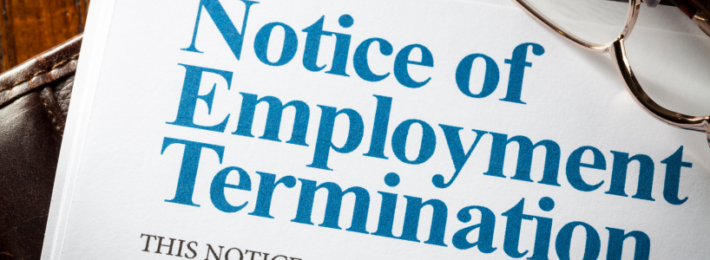How Taking the DRP Affects Your Security Clearance

By now, everyone has seen the news about the current administration’s attempts to downsize the government workforce by offering civil servants “the fork in the road” option called Deferred Resignation Program (DRP). It is run by the Office of Personnel Management and basically, anyone who took the offer was put on administrative leave in February but is getting paid through the end of September. Since then, some federal agencies have offered additional DRP options to their employees.
So, what happens to an employee’s security clearance while they are still on the payroll but are on administrative leave? The answer: it depends. The Intelligence Community agencies are telling their employees that their security clearances are still active, and they must abide by all of the rules associated with holding eligibility. Likewise, the Department of Defense is saying to its employees who are taking the DRP that they still fall under Security Executive Agent Directive 3 for reporting requirements.
The Department of Energy, however, debriefs their employees three days prior to them starting administrative leave and withdraws their clearance eligibility. Other agencies, like the National Aeronautics and Space Administration, do a bulk administrative withdrawal once the list of employees taking the DRP is finalized, and they start their administrative leave. For those taking the DRP, if you find a cleared position within 24 months, the gaining agency should be able to accept reciprocity if you were previously held a security clearance at the required level and reinstate your eligibility.



Comments are not currently available for this post.